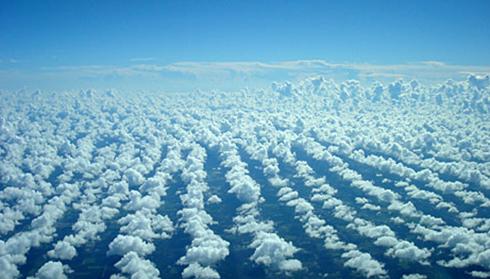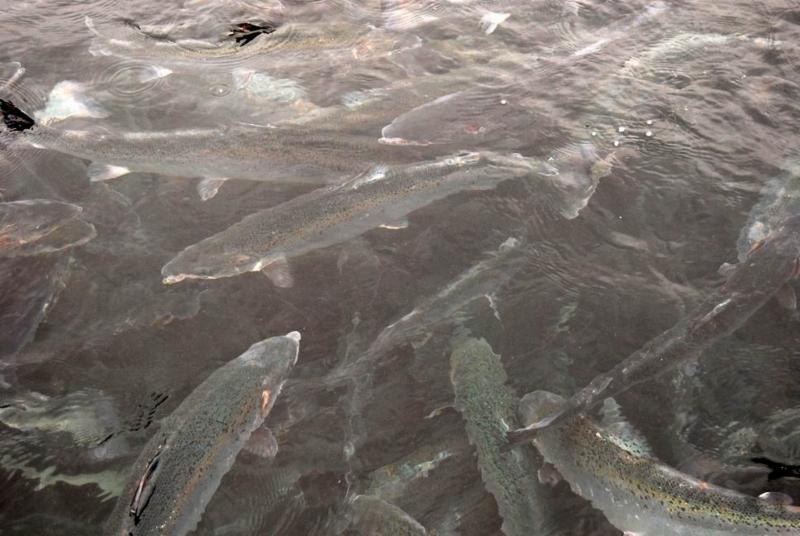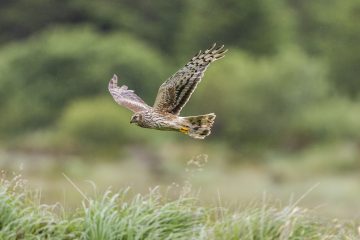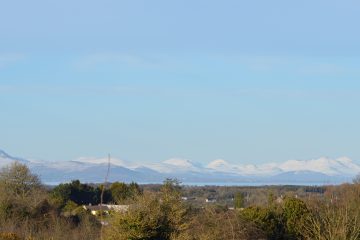Time lapse cameras immortalise travel of seabirds from Skellig Michael to Arctic

VIDEO: Dr Hart’s Penguin watch project video.
23rd of August, 2016
Scientists are using a new technology – time lapse cameras, to monitor wild life. They recently have been able to capture the travel of seabirds during their migration.
Dr Jessopp recently came back from the Spitsbergen archipelago on the Arctic Sea where he tested the cameras. The equipment has also been tested in Skellig Michael off the Kerry coast, in Wales and Scotland, Iceland, the Faroe islands and Spitsbergen.
“We have deliberately chosen some of the most inhospitable sites for the cameras, to test them out over a number of seasons,” Dr Jessopp said.
Dr Mark Jessopp, of University College Cork, and Dr Tom Hart, of Oxford University, have worked together in monitoring seabirds colonies extending from Skellig Michael to the Arctic, thanks to time lapse cameras. Part of an international project on climate change, this monitoring studies the effect of climate change on seabirds’ migration.
“These birds are very responsive to changes in the environment, being dependent for feeding on fish stocks which are in turn being affected by plankton and changing ocean temperatures,” Dr Jessopp.
Through those photographs we see the travel of black-legged kittiwakes, and soon fulmarks and gannetts will be monitoring too, according to Dr Jessopp. He explained that a bad ice year could affected the setting up and the breeding cycles of birds.
This is not the first time that Dr Hart has used this technology. He lead the Penguin Watch project in 2014, a collaborative project that encourage volunteers to study the footage of 50 cameras to count the animals and find a way to create an algorithm for automatic counting. In total about 200,000 images of penguins were studied by citizens scientists all over the world, monitoring the health of 30 colonies from around the Southern Ocean.
This project aimed to detect the possible extinction of endangered species by climate change, such as Chinstrap and Adélie.
The use of cameras is one of the simpler tools to monitor wild animals living in difficult climatic conditions.
In 2014, the scientists in charge of the Penguin Watch project hoped that the system would develop and that it would be used to help understand and conserve seabirds all over the world; today this has been realised with Jessopp and Hart’s project.
[x_button shape=”square” size=”regular” float=”none” href=”http://www.irishtimes.com/news/environment/photos-capture-life-of-seabirds-from-skellig-michael-to-the-arctic-1.2763415″ info=”none” info_place=”top” info_trigger=”hover”]Click here to read the Irish Times article and see some of the photographs of the project[/x_button]
[x_button shape=”square” size=”regular” float=”none” href=”http://www.ox.ac.uk/news/2014-09-17-spy-penguin-families-science” info=”none” info_place=”top” info_trigger=”hover”]Click here to learn more about Penguin watch[/x_button]
[x_author title=”About the Author”]







